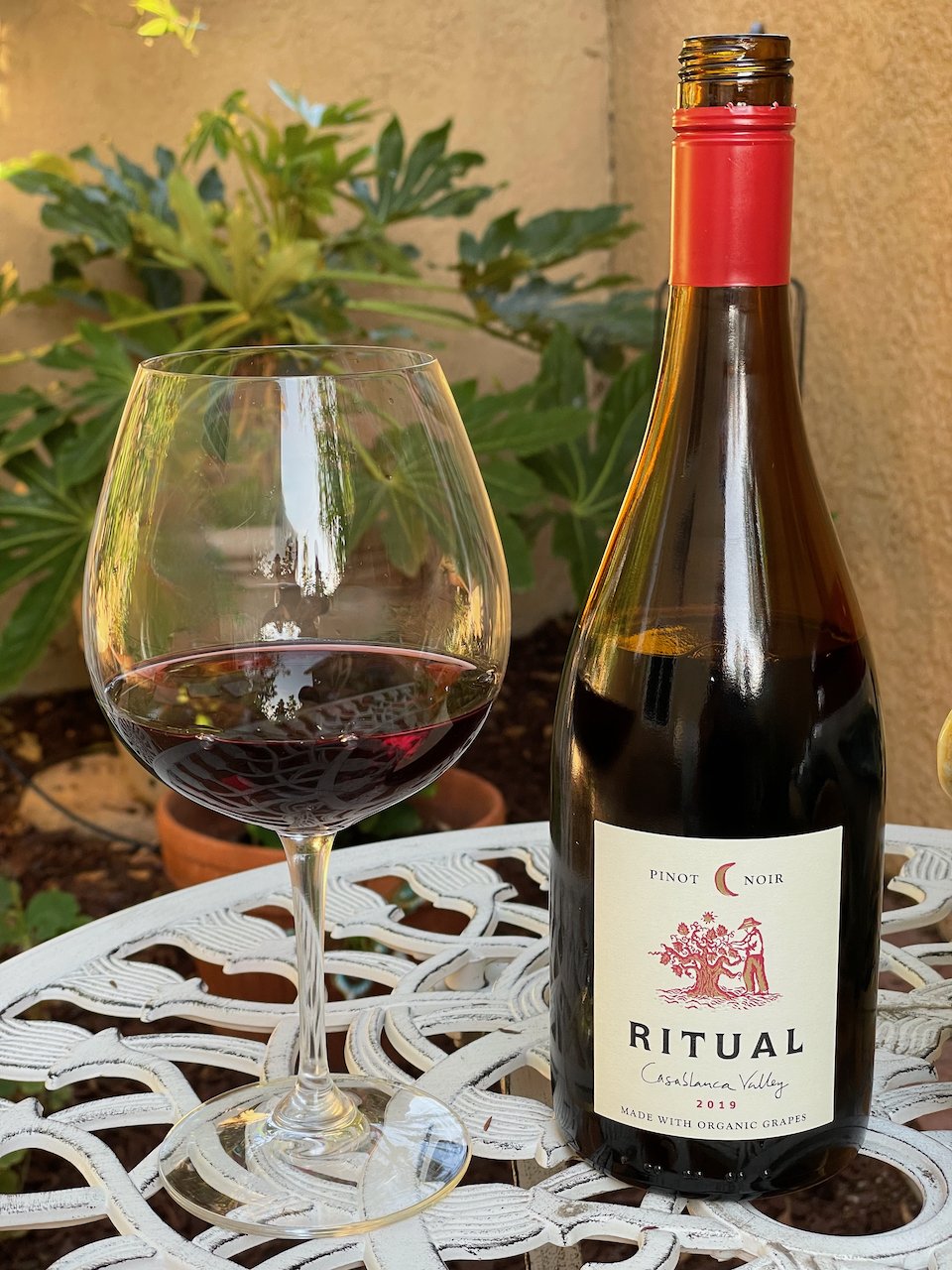In previous blogs we got an overview of the Pinot grape and the tremendous number of Pinot synonyms (258!).
But, there are just four Pinot wine grapes that we’ll now focus on - Pinot Noir, Pinot Gris, Pinot Blanc and Pinot Meunier. But, let’s save those three for later and start with probably the least known of the Pinots but one that plays a very important role- Pinot Meunier.
The word Meunier (mun·yay) is French for "Miller", and gets its name from the grapevines because the hairy underside of its leaves makes it look as though it had been dredged in flour.
Pinot Meunier is a dark-berried grape variety that is mostly grown in France (more than 3/4s of the worlds Pinot Meunier production). While you are less likely to find a Pinot Meunier varietal wine (it does make a very Pinot Noir-like red wine), you’ve more likely experienced it in a blend; namely Champagne. It is one of the three primary grapes used in the production of Champagne along with Pinot Noir and Chardonnay.
Pinot Meunier Grapes
And, yes, the Pinot Meunier and Pinot Noir grapes are dark-skinned but used in Champagne. The grapes are simply pressed to release their juice which is immediately separated from the skins. Remember, it the skins of the grapes that give the wine its color.
In Champagne, Pinot Meunier provides aromatics and fruit flavors to the wine such as cherry, raspberry and pomegranate. Pinot Meunier doesn’t tend to age well so Champagnes with a substantial proportion of Pinot Meunier are intended to be consumed young when its fruit flavors are at their peak.
So, that a quick look at the first of the Pinots. Next time we’ll move on to Pinot Gris. Cheers!






